
Wise Up – Cool Down
Warming up and cooling down are critical but often overlooked parts of playing and training for rugby. Failing to warm up and cool down properly can significantly affect your performance and recovery.

Warming up and cooling down are critical but often overlooked parts of playing and training for rugby. Failing to warm up and cool down properly can significantly affect your performance and recovery.
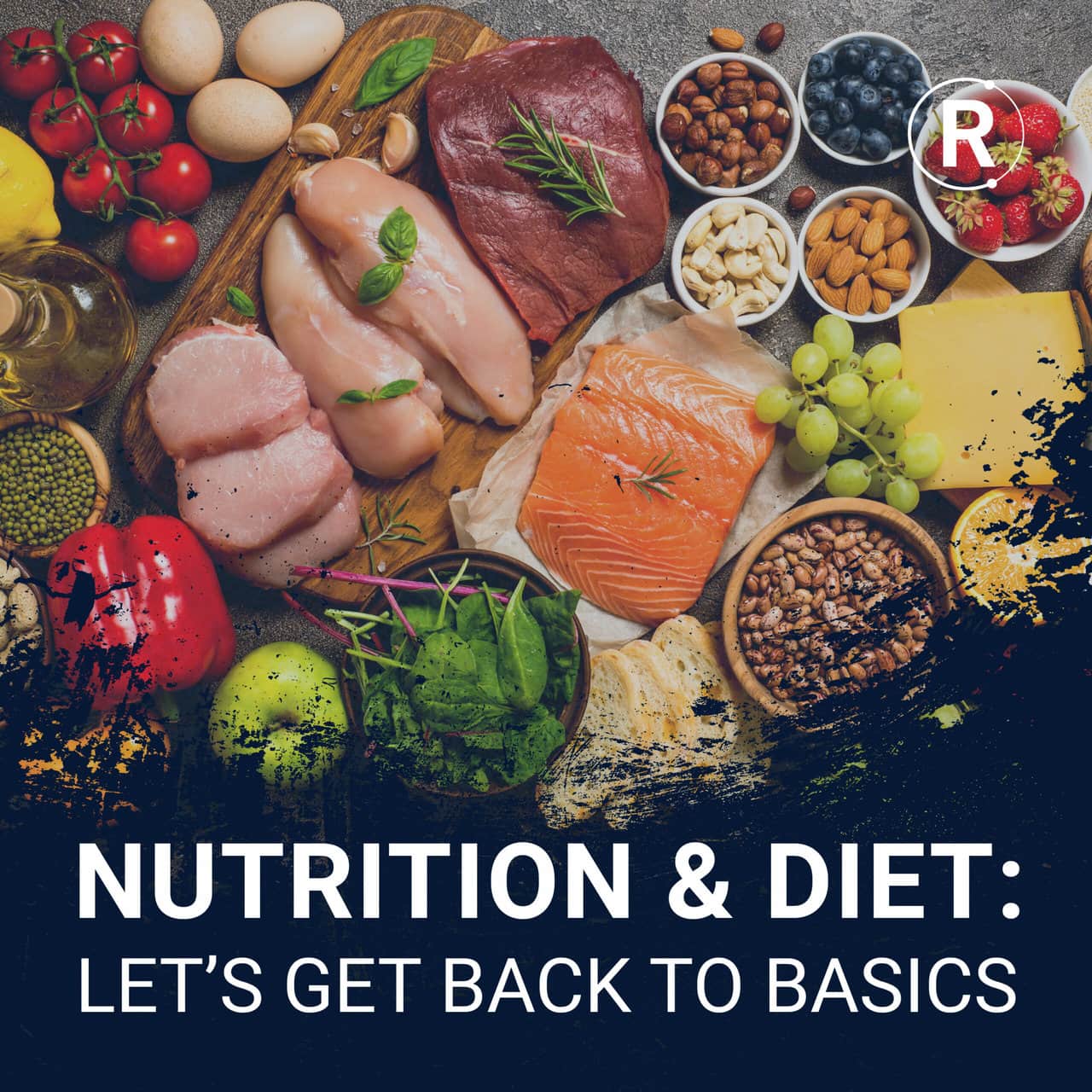
The truth is that healthy eating doesn’t need to be complicated. You don’t even have to follow a strict diet. All you need to do is adhere to a few fundamental principles. In this article, we outline the basics of good nutrition. Use this information to develop a personalized, sustainable healthy eating plan.
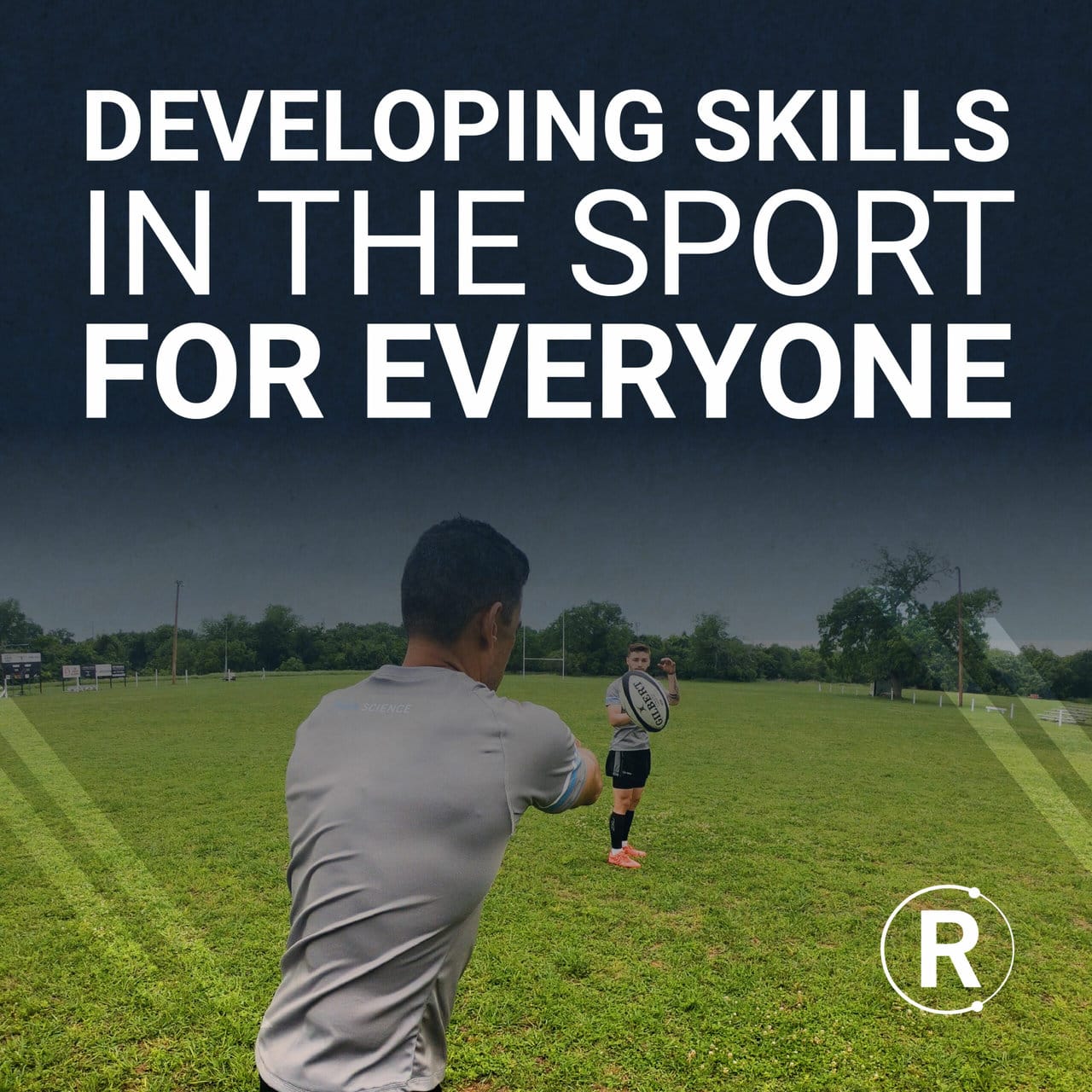
Every day we read articles about the best weights exercises for rugby – advice on how to get bigger arms and develop your guns is endless. Some trainers in the fitness industry with little knowledge of rugby regurgitate a hypertrophy training program thinking that rugby players simply require size and nothing else.

It’s human nature to want what you cannot have, and eliminating certain foods from your diet can result in cravings. One way around this problem is to indulge in cheat meals. Cheat meals are when you relax your diet and eat the foods that are usually off the menu. In this article, we explore how cheat meals and overindulging in alcohol affect your progress.

Rugby is one of the few sports that require a high level of all-around physical fitness. a rugby player’s strength can be measured with four exercises: back squats, bench press, deadlifts and overhead press. So this raises a question: How strong are rugby players?

Few sports are as physically demanding as rugby. To be an effective rugger, you need strength, power, muscle mass, aerobic fitness, anaerobic fitness, agility, and mobility.

As a ball carrier, it’s critical that you maintain possession through the tackle and breakdown situation. A 2nd fight on the ground is the best way to do this.
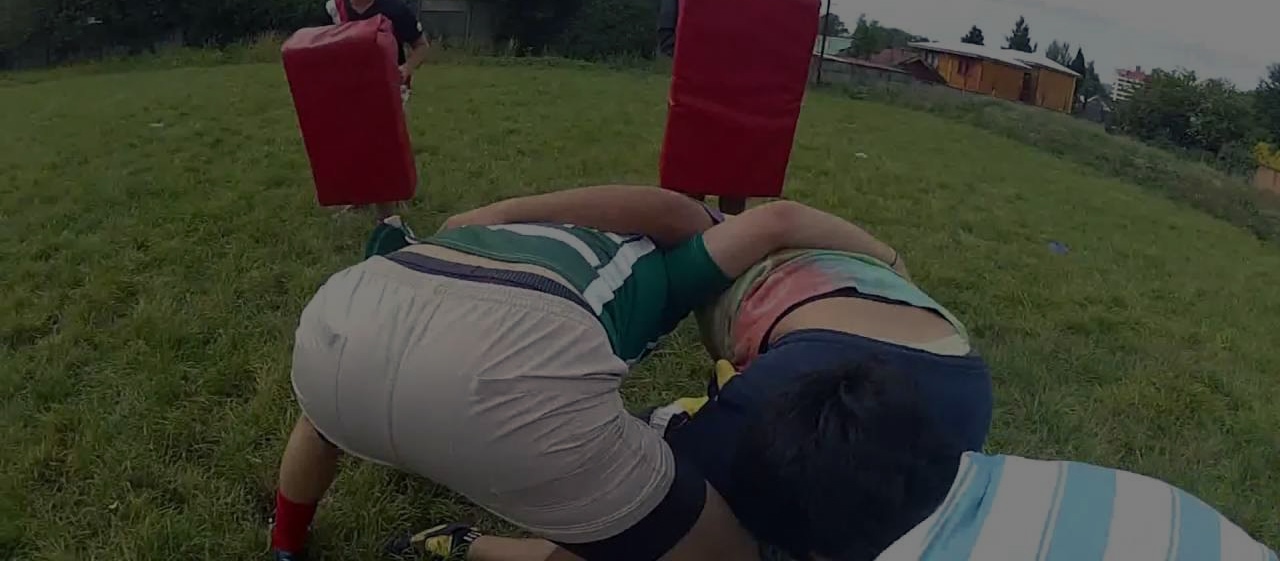
How do you eliminate a threat at the breakdown in rugby? Here are a series of clips demonstrating how to blow out a breakdown threat and secure the rugby ball in the process.
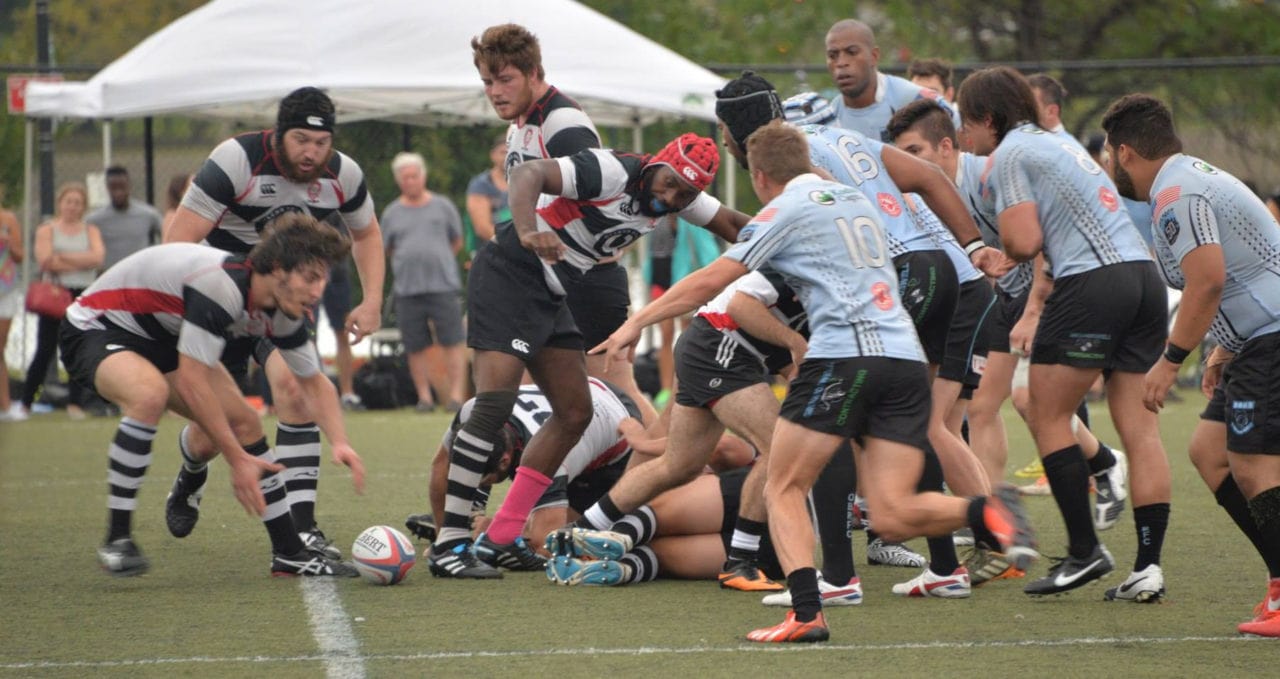
What should you do when you arrive at a breakdown in rugby? We explain breakdown decision-making and how to make the right choice for each breakdown situation.
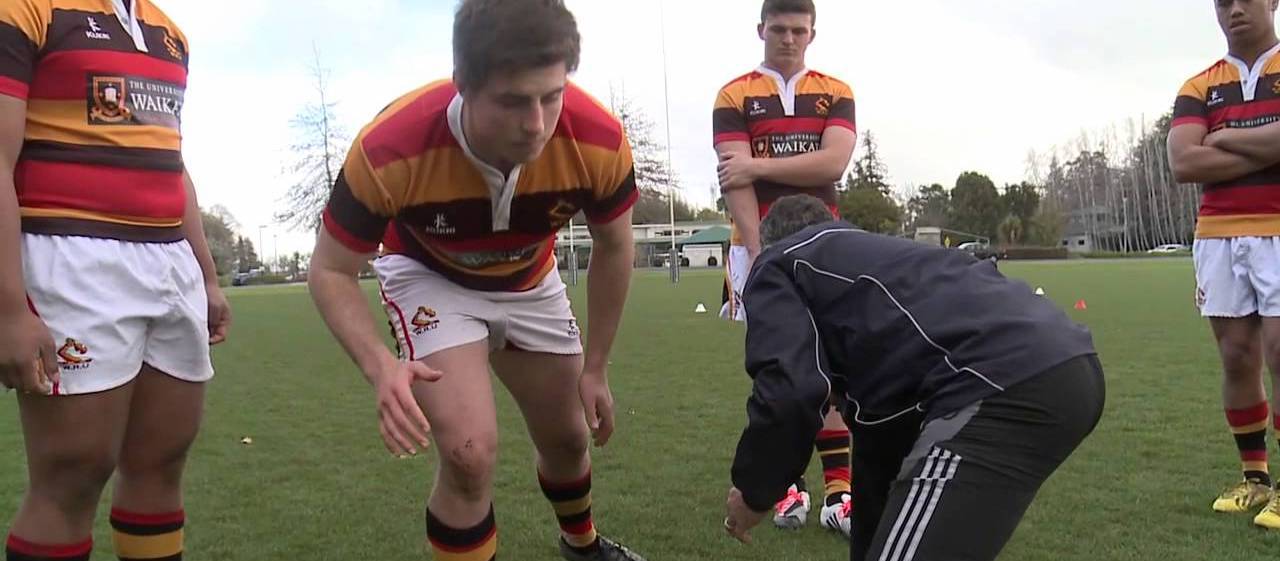
How do you perfect your body height at the breakdown in rugby? This video explains the importance of breakdown height and how to get into the right body position to be effective at the breakdown.
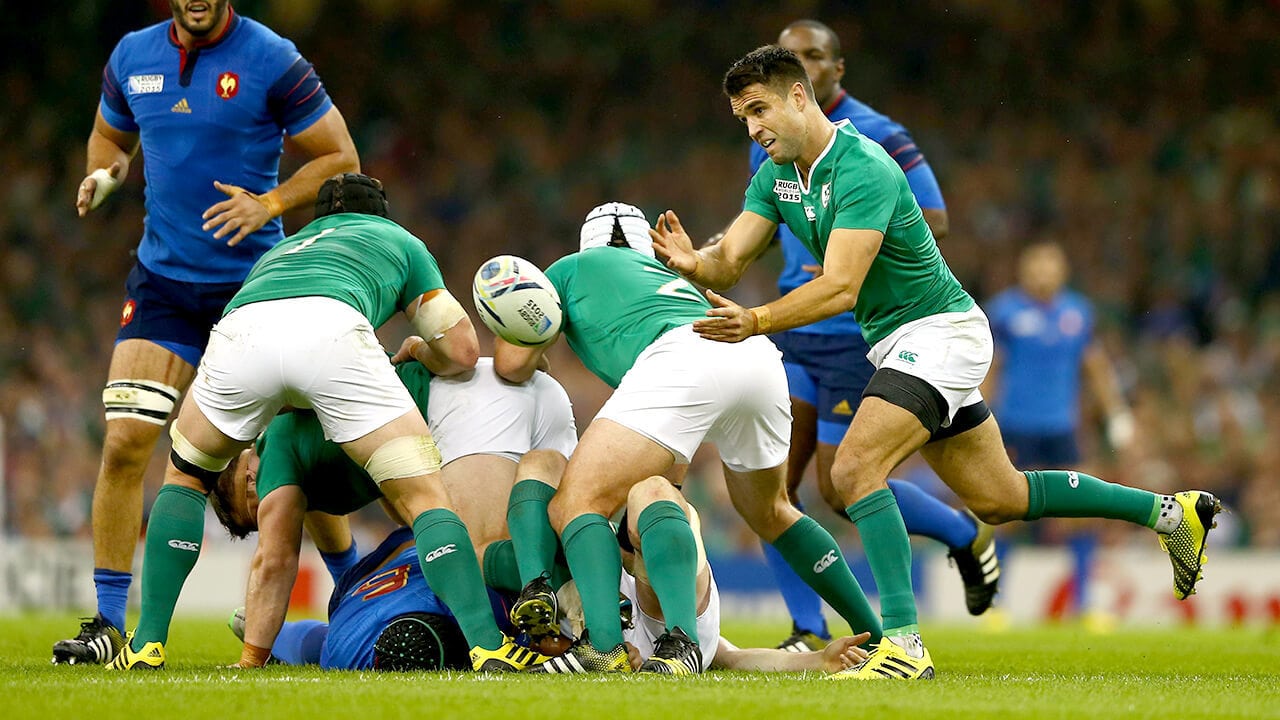
What should you do as the second supporting player to the breakdown in rugby? This video breaks down the role of the 2nd supporting player.
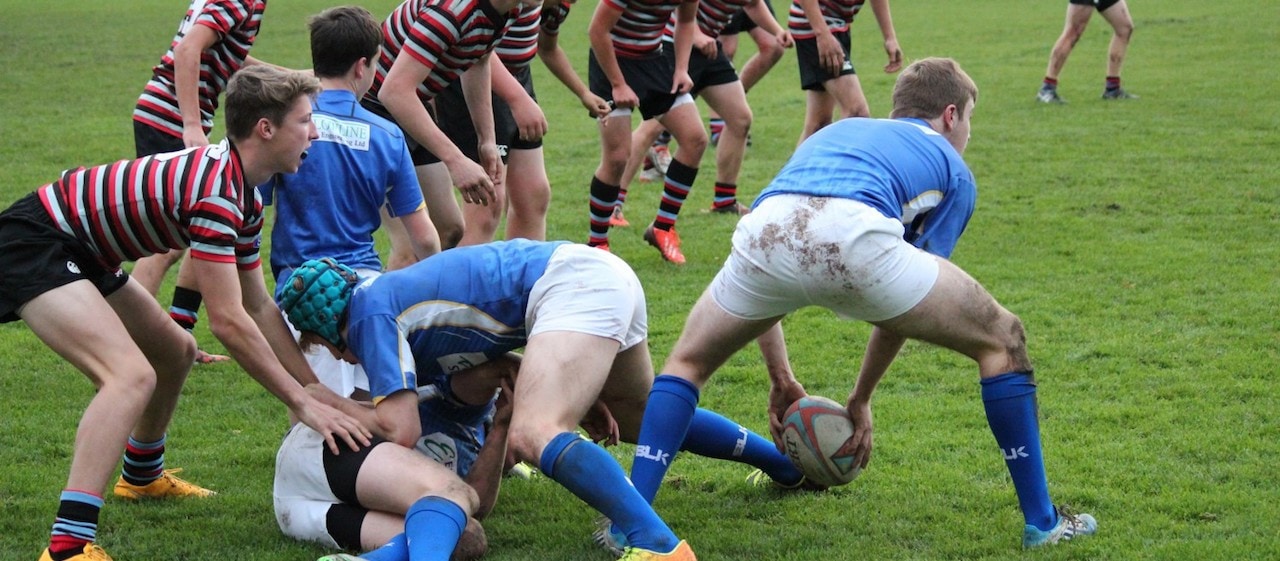
How do you protect the rugby breakdown when you are out-numbered? We suggest you hold onto the ball carrier in order to buy time for more support to arrive.
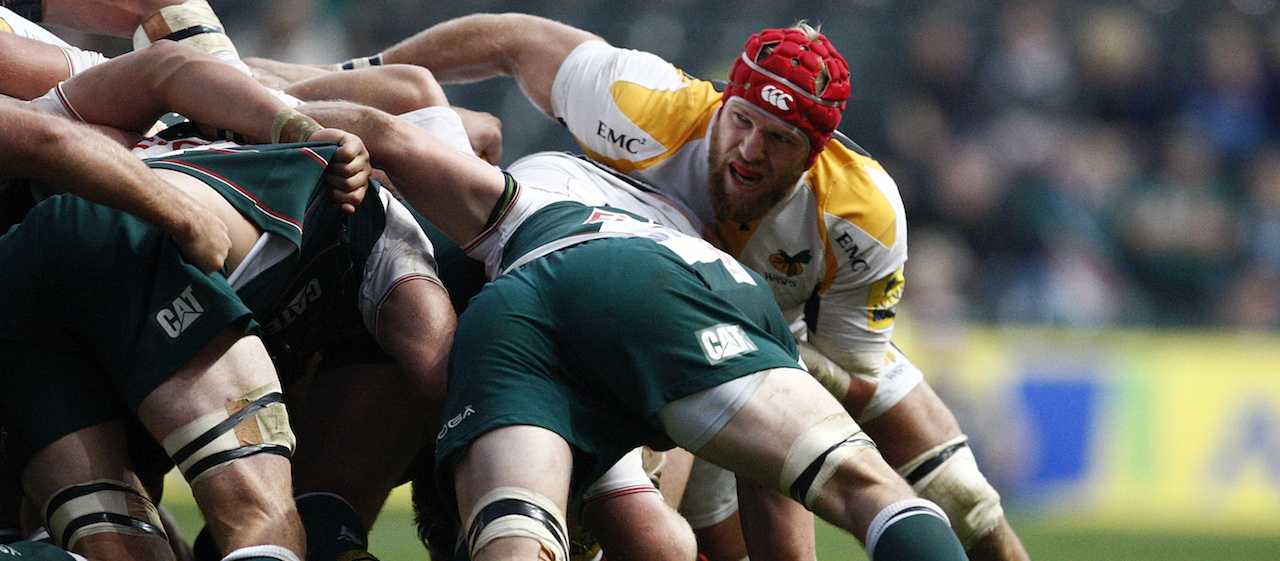
Your supporting line should be as direct as possible so that you arrive quickly and in a good position. It’s much much easier to protect the ball if you are the first player to arrive than if you’re slow to the ball and need to move a defender.

To ruck or not to ruck? In rugby you’ll decide to commit (or not) to every breakdown on the field. Those decisions are critical. Here’s when you should decide NOT to commit to the breakdown.
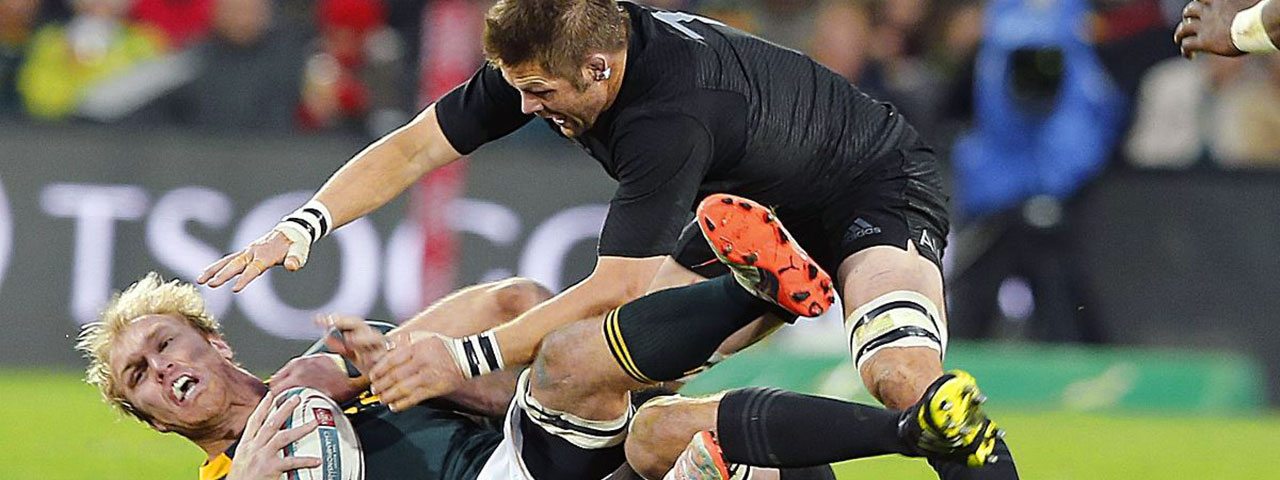
The breakdown is the most complex area of the game of rugby. Luckily we have Juan Mouton to explain just what is the breakdown in rugby. Complete with videos and analysis of each Law that governs how the breakdown works.

How to you align your defense to be effective? Rugby coach David Weitz explains how to structure your defense from the breakdown. Complete with diagrams and explanations of each position away from the breakdown. Annnnnnnd up up up!!!

How do you steal more ball at the breakdown? Having low body height is important. So today we’ll examine three exercises that can help you master breakdown poaching by giving you a stronger lower and more powerful base.
The materials and information provided in this presentation, document and/or any other communication (“Communication”) from Ruck Science, LLC or any related entity or person (collectively “Ruck Science”) are strictly for informational purposes only and are not intended for use as diagnosis, prevention or treatment of a health problem or as a substitute for consulting a qualified medical professional. Some of the concepts presented herein may be theoretical.
References to any non-Ruck Science entity, product, service, person or source of information in this or any other Communication should not be considered an endorsement, either direct or implied, by the host, presenter or distributor of the Communication. The host(s), presenter(s) and/or distributor(s) of this Communication are not responsible for the content of any non-Ruck Science internet pages referenced in the Communication. Ruck Science is not liable or responsible for any advice, course of treatment, diagnosis or any other information or services you chose to follow without consulting a qualified medical professional. Before starting any new diet and/or exercise program, always be sure to check with your qualified medical professional. For details of our affiliate program please see our Terms & Conditions. Click here for our Privacy Policy